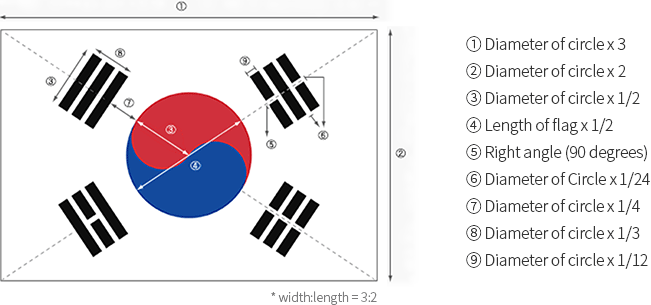Prime Minister
.jpg) Kim Min-seok
Kim Min-seok
|
| Part | Date | Contents |
|---|---|---|
| Education |
1982. 2. |
Graduated from Sungsil High School, Seoul |
|
1989. 2. |
Graduated from Department of Sociology, Seoul National University |
|
|
1995. 6. |
Obtained Master of Public Administration, Harvard Kennedy School, Harvard University, USA |
|
|
2010. 7. |
Obtained Master of Laws (LL.M.), Tsinghua University, China |
|
|
2011. 5. |
Obtained Doctor of Jurisprudence, Rutgers University-Newark, New Jersey, USA |
| Part | Date | Contents |
|---|---|---|
| Career |
1996. 5.~ 2000. 5. |
Member of the 15th National Assembly |
|
2000. 1.~ 2000. 8. |
Chief of Staff, Kim Dae-jung, Millennium Democratic Party Chairman's Office |
|
|
2000. 5.~ 2002. 7. |
Member of the 16th National Assembly |
|
|
2007. 8.~ 2010.8. |
Supreme Council Member, Democratic Party·United Democratic Party |
|
|
2016. 2.~ 2016.10. |
Party Leader, Democratic Party Central Committee |
|
|
2017. 3.~ 2017. 5. |
Planning and Coordination Director, The Minjoo Party 19th Presidential Election Preparatory Committee (19th Presidential Election Planning Group) |
|
|
2017. 5.~ 2019. 5. |
President, Democratic Research Institute |
|
|
2019. 5.~ 2020. 8. |
Chairman, the Minjoo Party Inclusive Nation Vision Committee |
|
|
2020. 5.~ 2024. 5. |
Member of the 21st National Assembly |
|
|
2020. 9.~ 2022. 5. |
Chairman, National Assembly Health and Welfare Committee |
|
|
2020. 9.~ 2020. 10. |
Chairman, Social New Deal Division, the Minjoo Party Future Transformation K-New Deal Committee |
|
|
2020. 10.~ 2021. 5. |
Chairman, the Minjoo Party Strategic Planning Advisory Committee |
|
|
2023. 3.~ 2023.10. |
Chairman, the Minjoo Party Policy Committee, Director, Democratic Research Institute |
|
|
2024. 3.~ 2024. 4. |
Director of Comprehensive Situation Room, the Minjoo Party Central Election Committee for the 22nd National Assembly Election |
|
|
2024. 5. ~ Present |
Member of the 22nd National Assembly |
|
| 2024. 8.~ 2025. 6. |
Supreme Council Member, the Minjoo Party |
|
|
2025. 4.~ 2025. 6. |
Standing Co-Chairman, the Minjoo Party Central Election Committee for the 21st Presidential Election |
|
| 2025.7.4. ~ Present | The 49th Prime Minister | |
|
Awards |
1999.11. |
Won the 1st Baekbong Gentleman Award |
|
2000. 2. |
Selected as Global Leader for Tomorrow by the World Economic Forum, Davos | |
|
2000.12. |
Won the 2nd Baekbong Gentleman Award | |
|
2001.11. |
Won the 3rd Baekbong Gentleman Award | |
|
2021. 6. |
Won the 1st Korea Parliamentary Excellence Award (Policy Research Division) |
|
|
2022. 5. |
Won the 2nd Korea Parliamentary Excellence Award (Outstanding Committee Division, Policy Research Division) |




